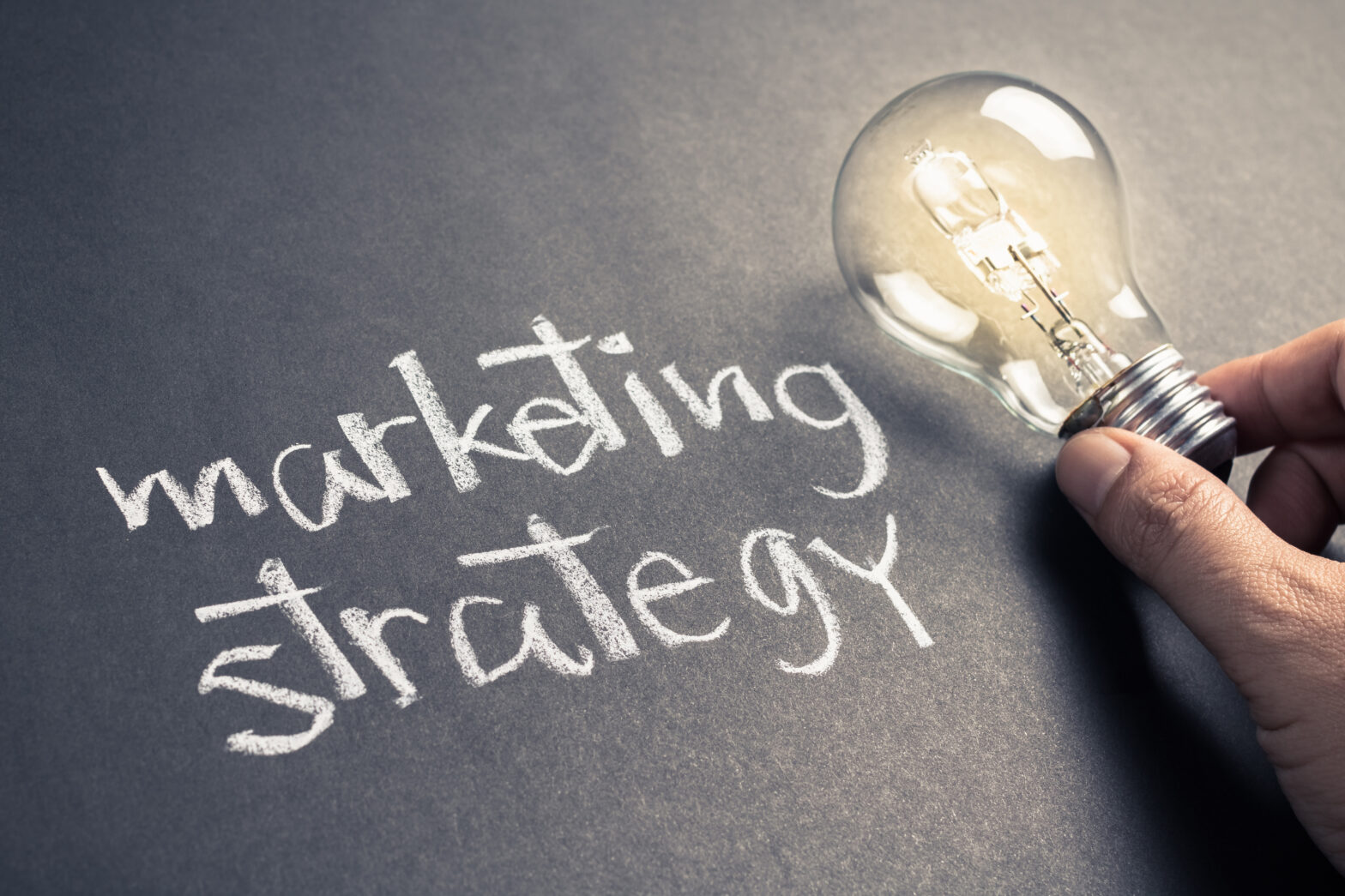Big business knows that there are many commercial advantages to be gained by deploying the right kind of design. Many small business, however, are either unaware of the benefits, or choose to ignore them. To address this problem, The Design Council has teamed up with Business Link to offer a free guide showing how small businesses can reinvigorate their commercial offerings by injecting design ideas into the business process.
A central premise behind the guide is that “…real competitive advantage lies in giving customers something they cannot get anywhere else.” This means fusing design with innovation, to take a firm hold of markets, or to tap into ones which may not even exist yet.
The booklet documents 12 actual companies that have already used design to commercial benefit, illustrating how the process and implementation of design can affect a business’s bottom line.
David Irwin, chief executive of the Government’s Small Business Service (which manages the Business Link network) claims that, “In the UK, we cannot always be the cheapest, but we do have the capacity to offer people something much better and more worthwhile – innovation made into something of real value by design.”
It is argued in the booklet that small businesses should realise that the design of a product, the way a business’s premises are fitted out, and what staff – especially in retail – are wearing, can be used to create a favourable, professional impression in the minds of potential clients or customers. The lesson The Design Council hopes small businesses will learn is that corporate design as well as product design can be influential.
The guide urges small businesses to place the design process at the heart of their business rather than as an add-on towards the end of the development process. It suggests that, in the early stages, those who are inexperienced with the concept should get in touch with their local Business Link, whose Design Counsellor can help steer them through the design process.
As well as achieving the end result, evidence shows that the process itself can prove very instructive. TES 2000, for example, discovered that drawing up a clear and precise design brief enabled it to define longer-term objectives and how to achieve them. Financial director Donald Munro said, “We … recognised that we needed to put in hand other changes, such as preparing proper business plans, to support the new name and corporate identity.” A greater understanding of the market a business is targeting can also be achieved.
A Business Link Design Counsellor can not only help to iron out initial problems and draw up a design brief, but will also put a business in touch with specialist designers who will have the right skills base and capabilities, for a particular project. The counsellor will also assist in the briefing and interview process to select the right candidate.
To get hold of a copy of the guide, visit The Design Council’s website at www.designcouncil.org.uk or phone 020-7420 5200.





